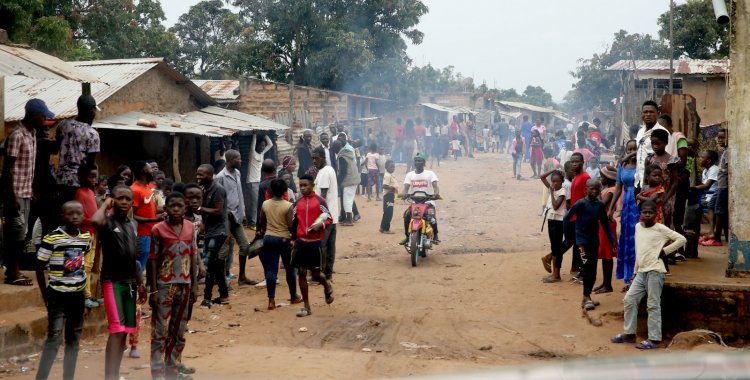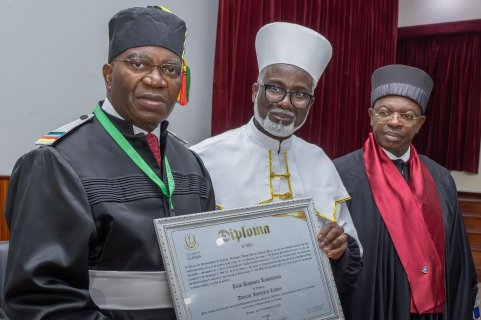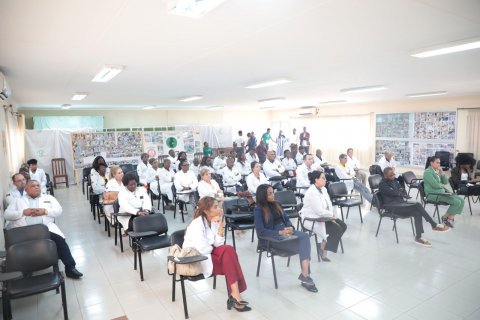For 70 percent of young people, poverty and violence are among the main problems, as revealed in the study "Akweze Cafunfo. Deafening Silence" on the human rights situation of young people in this mining area of Lunda Norte province, promoted by the organization Mosaiko and presented in Luanda.
One thousand surveys were validated among young people aged between 15 and 35 years old, conducted in various neighborhoods of Cafunfo, located in the municipality of Cuango, where the incidence of poverty affects 90.4 percent of the population.
The mining town, without a clear administrative-political status, has an estimated population of around 150 thousand inhabitants and is located near the Sociedade Mineira do Cuango, a diamond mining area, with an average production of 28 thousand carats/month.
The young people surveyed, of whom only 22 percent had completed secondary education, are mostly unemployed (60 percent), with 23 percent in informal employment, 4 percent in formal employment and 8 percent involved in mining (illegal diamond mining), while 5 percent said they were not old enough to work.
Around 30 percent said they earn less than 15,000 kwanzas per month and 16 percent earn between 26,000 and 40,000 kwanzas, and 39 percent said their income is not enough to support their families.
In the Mosaiko report, 44 percent of participants said that human rights are completely disrespected or barely respected by the local authorities and the Government of Luanda, and 27 percent would prefer not to answer.
Among these rights, the most dissatisfied were access to public energy (91 percent), access to drinking water and the right to basic sanitation (87 percent), while 83 percent said they were somewhat or not at all satisfied with the right to leisure and public spaces, the right not to be arbitrarily detained and the right to justice.
The freedom to come and go received the highest level of satisfaction, with 40 percent satisfied or very satisfied.
Problems are usually reported to the police (53 percent), the study states, according to which "this result points to a scenario of compliance in a highly securitised town, whether by public order forces or private companies, where distrust reigns".
The majority of respondents had a negative assessment of Cafunfo: 57 percent think that the town is not peaceful, safe and tranquil; 69 percent say there is a lot of poverty, 69 percent say there is a lot of violence, 57 percent say life is complicated because of immigrants and 45 percent consider life difficult because of the mining industry, which they say does not contribute to development (67 percent).
Young people were also asked about freedom of expression, with 58 percent saying people are afraid to participate and express themselves freely, while 18 percent expressed the opposite opinion and 24 percent chose not to answer.
They were also asked about the events of January 31, 2021, which became known as the "Cafunfo Massacre" and 54 percent considered that justice was not served, 20 percent answered "I don't know", 17 percent preferred not to answer and only 9 percent said yes.
The incident, which caused an undetermined number of deaths in Cafunfo (between less than ten according to the official version and more than 50 according to the version of non-governmental organizations and activists) had different versions: the police said that it was an attack on the police station in an act of rebellion by the Lunda Tchokwe Protectorate Movement, while residents and members of the movement spoke of an attempted demonstration against poor living conditions that was violently repressed.







